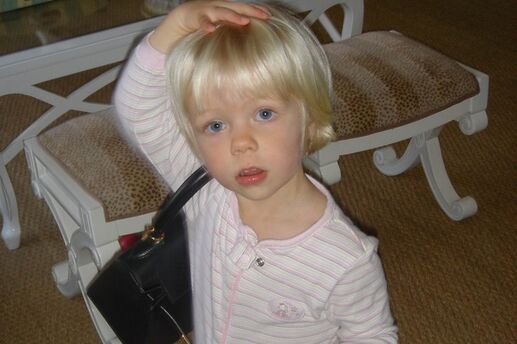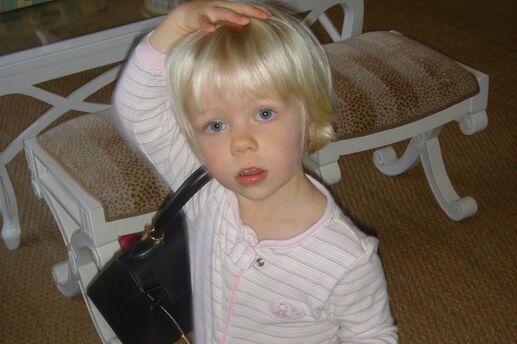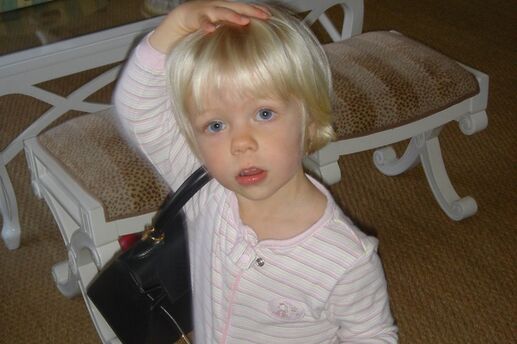Help Your Toddler Learn to Play With Others
Locations: Indoor or outdoor
Promotes: Social development
Before toddlers can play with other children, they need to learn to play beside them. This skill is called “parallel play.”
How to play
Parallel play occurs when two toddlers play alongside each other. At first glance, it may not appear like they are interacting. But if you look a bit more closely, you might notice that if one picks up a block, the other is likely to mimic the action.
Tricks and advice
If you’ve scheduled a playdate for your toddler, don’t be dismayed if he doesn’t seem to be playing directly with the other child. He’s doing exactly what he needs to be doing to learn about getting along with others. Be sure to supervise the activity and keep plenty of toys available. Keep the playdate time to a maximum of one hour or so, since kids at this age tend to have short attention spans.
Learning and growing
Parallel play is often a first step in your toddler developing strong social relationships outside the family. It generally begins right around the time your toddler starts mimicking others’ behaviors, such as feeding his dolls or talking on the phone. Order will become important to your child during this time frame as well, so don’t be surprised if you find your toddler playing by lining up his toys in order or only wanting to color with certain crayons at a time.
It’s important to keep in mind that at this age a toddler is not yet skilled at interacting socially with other children, and playing alongside peers will be how he learns to take on more sociable tasks, like sharing, leading, and following.
What you'll need
A selection of toys that may encourage interactive play, such as blocks or stuffed animals.
Photo by ???????? Janko Ferlič on Unsplash







